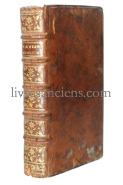

Pharmacy
500 €
Sold
900 €
450 €
Sold
700 €
800 €
1200 €
1000 €
Sold
900 €
250 €
200 €
300 €
Sold
Sold
200 €
Sold
450 €
Sold
450 €
200 €
150 €
100 €
480 €
150 €
450 €
150 €
500 €
European VAT number: FR87515091171
© Eric Zink, Antiquarian Bookseller









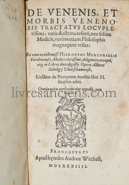

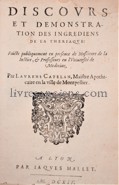


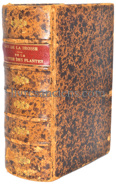







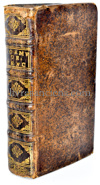





![Photo [MANUSCRIT].](https://images.livresanciens.com/livres/203704/images/P7.jpg
)








